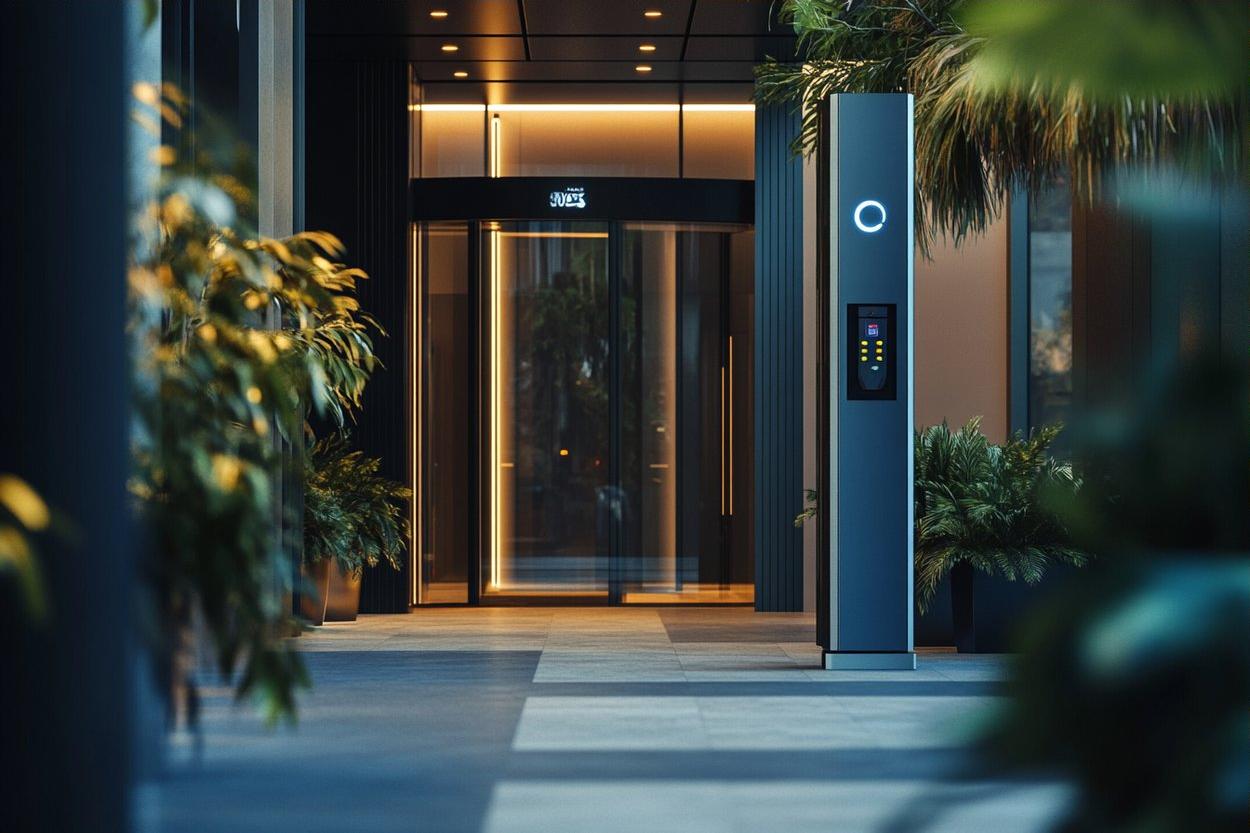Title: Silent Socialites: The Rise of Introvert-Friendly Spaces
Introduction: In a world that often celebrates extroversion, a quiet revolution is taking place. Silent socialites are carving out their own niche, with introvert-friendly spaces gaining popularity across urban landscapes. This shift is reshaping how we think about social interaction and community building. Read below to explore this fascinating trend and its implications for society.

Historical Context of Social Spaces
To understand the significance of this trend, we must first look back at the evolution of social spaces. Historically, public gathering places like town squares, markets, and later, cafes and bars, were designed for gregarious interaction. The Industrial Revolution and subsequent urbanization led to the creation of more formalized social spaces, often favoring extroverted behaviors. This historical context helps explain why the current shift towards introvert-friendly spaces is so revolutionary.
The Science of Introversion
Introversion is not simply about being shy or antisocial. Psychological research has shown that introverts process stimuli differently than extroverts. They tend to be more sensitive to external stimulation and require more time for solitude and reflection. This scientific understanding has been crucial in legitimizing the need for spaces that cater to introverted individuals. By acknowledging these differences, society is moving towards a more nuanced approach to social interaction.
Designing for Quiet Socialization
The architecture and design of introvert-friendly spaces play a crucial role in their success. These environments often feature elements like soundproofing, individual seating areas, and subdued lighting. Some spaces incorporate nature elements or use color psychology to create a calming atmosphere. The goal is to create an environment where individuals can feel connected to a community without feeling overwhelmed. This innovative approach to design is influencing not just dedicated introvert spaces, but also how we think about public spaces in general.
Technology’s Role in Quiet Socializing
Technology has played a significant role in facilitating the growth of introvert-friendly spaces. Apps and websites dedicated to finding and rating these spaces have emerged, making it easier for introverts to discover comfortable environments. Additionally, silent disco technology, noise-cancelling headphones, and other innovations have enabled new forms of group activities that cater to those who prefer less verbal interaction. This intersection of technology and social needs demonstrates how innovation can address diverse social preferences.
Economic Implications
The rise of introvert-friendly spaces is not just a social phenomenon; it also has economic implications. Businesses are recognizing the untapped market of individuals who prefer quieter environments. From silent spas to introvert-friendly coworking spaces, entrepreneurs are finding innovative ways to cater to this demographic. This trend is creating new business opportunities and potentially reshaping certain sectors of the service industry.
Challenges and Criticisms
While the trend towards introvert-friendly spaces has gained momentum, it’s not without its critics. Some argue that these spaces might further isolate individuals or create unnecessary divisions in society. There are concerns about potential discrimination or exclusion of extroverted individuals. Balancing these concerns with the need for diverse social spaces remains a challenge. These debates highlight the complex nature of social dynamics and the ongoing negotiation of public space.
Impact on Mental Health and Well-being
The availability of introvert-friendly spaces can have significant positive impacts on mental health and well-being. For many introverts, having access to environments that align with their social preferences can reduce stress and anxiety. These spaces provide opportunities for meaningful social connection without the drain of overstimulation. Mental health professionals are increasingly recognizing the importance of such environments in promoting overall well-being, especially in urban settings where quiet spaces can be scarce.
Future Trends and Societal Implications
As awareness of diverse social needs grows, we can expect to see further evolution in the concept of introvert-friendly spaces. This trend may influence urban planning, workplace design, and even education systems. There’s potential for a more nuanced understanding of social interaction to emerge, one that recognizes and values a spectrum of social preferences. This shift could lead to more inclusive communities and a reimagining of what it means to be a social being in the modern world.
Conclusion
The rise of introvert-friendly spaces represents a significant shift in our social landscape. It challenges long-held assumptions about socializing and community building, offering new possibilities for connection and interaction. As this trend continues to evolve, it has the potential to create more inclusive, diverse, and psychologically healthy social environments. By acknowledging and catering to different social needs, society is moving towards a more nuanced and inclusive understanding of human interaction.





